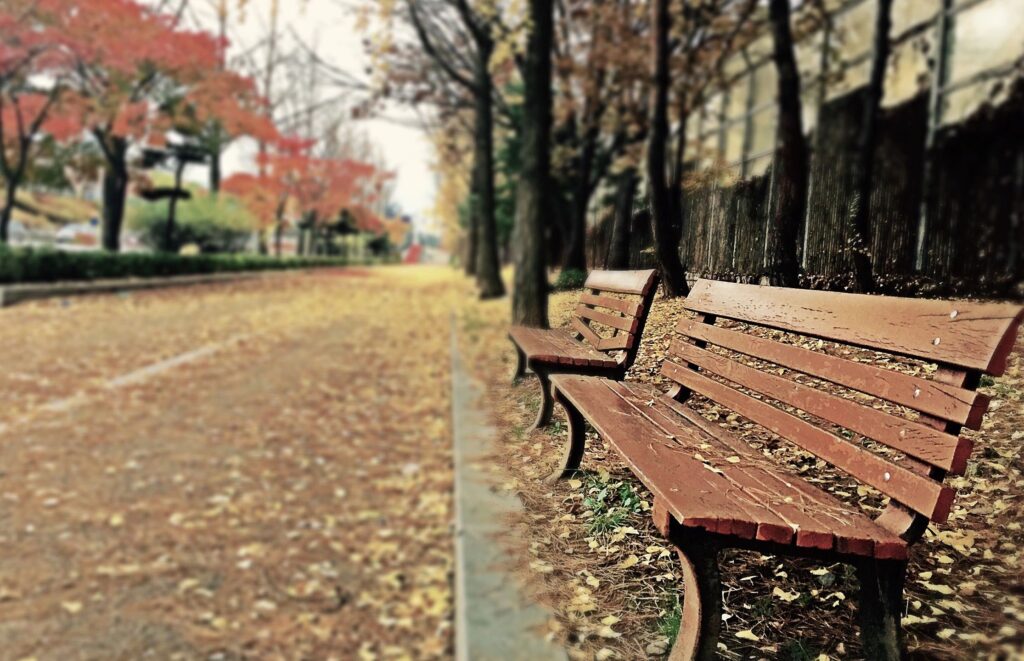
Aiming to curb the epidemic of suicides plaguing the United States, governments from Maine to California are taking steps to ensure that the public cannot pose a threat to itself.
“In the name of safety, we have to prevent people from having the ability to harm themselves,” insisted Ohio Governor Marjorie Black. The two-term governor made the remark in the wake of an executive order mandating that residents wear arm and leg restraints between the hours of 6 A.M. and midnight. The measure was ostensibly intended to reduce the rate of suicides, which in recent months has rivaled that of deaths due to COVID-19. However, some residents are noting that the order has had some unintended effects.
“It’s really hard to go to the bathroom,” admitted John Vaughn, a plumber and father of two from Columbus. “I know the order is for our own good, but I’ve had to learn how to wipe with both hands, which has proven challenging. Also I haven’t been able to work because my clients are usually asleep between midnight and six.”
Other states have taken an even more stringent approach, as Kevin Taylor of Burbank, CA can attest. “Here in Burbank we have the arm and leg restraint thing too, but we also have to show proof of not being suicidal when we leave our homes. It’s a bit much, but I know it’s all supposed to keep us safe.” Mr. Taylor works as a driver for Uber, whose company policies have placed it at the forefront of fighting the dual threat of COVID and suicide.
According to a spokesperson for the technology company, which offers a range of services in addition to ride-hailing, Uber is doing more than its part to combat the specters of contagion and self-annihilation. “Every driver and passenger in our vehicles must submit to a PCR/self-esteem test before any riding can begin. Basically they have to show that they won’t get sick or kill themselves during the ride, which is both easier and harder to do now that everyone is wearing restraints. Since we’ve started the new tests, the passenger suicide rate alone has plummeted to 14 percent.”
The picture is not quite as rosy in Pennsylvania, where a growing number of physicians and other medical professionals have called attention to gaps in the new policies. “Suicides tend to happen between the hours of 10 P.M. and 4 A.M. That’s a four-hour period every day when people are free to take their own lives and are more likely to do so. These orders do not go far enough.”
Lobbying efforts have been underway in Harrisburg to beef up the state’s response to COVID deaths and suicides, with one hospital administrator remarking, “We need the restraints, we need more tests, we need more curfews, more monitoring, more everything. This is about saving lives. Until every person in this country is safe from himself, no one is safe.”
